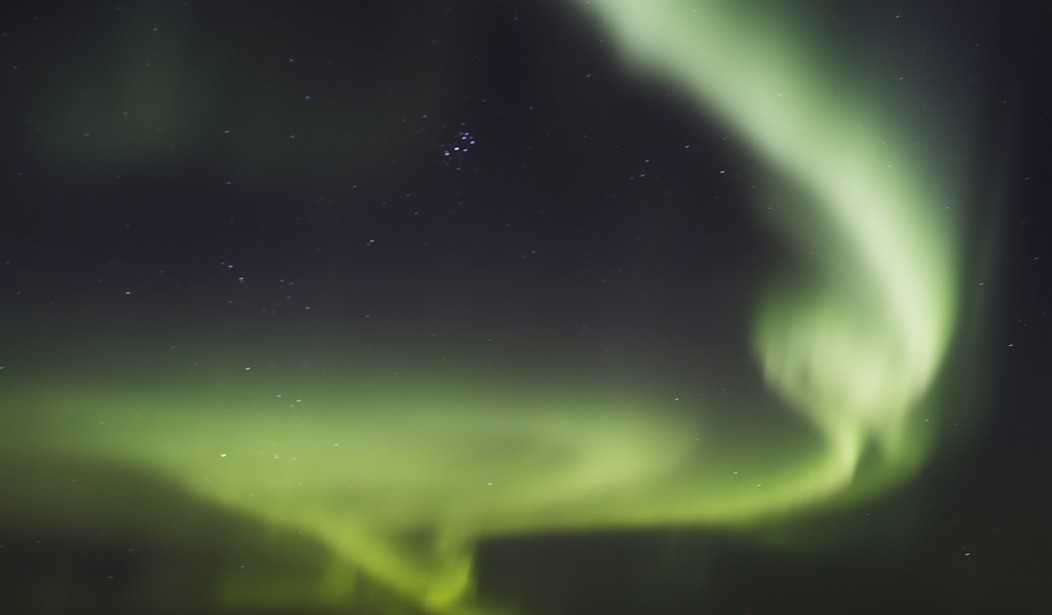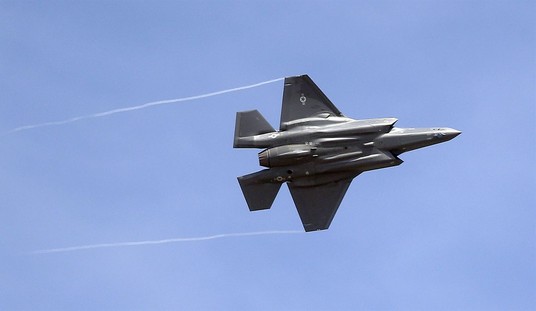The National Oceanic and Atmospheric Administration (NOAA) announced Thursday that a "severe" G4 geomagnetic storm would hit the Earth perhaps as early as Friday.
The "very rare" warning hasn't been issued in 20 years. The radiation will almost certainly wreak havoc on some communications
“Geomagnetic storms can impact infrastructure in near-Earth orbit and on Earth’s surface, potentially disrupting communications, the electric power grid, navigation, radio and satellite operations,” the NOAA said.
There's no real danger to humans from the flares or from the coronal mass ejections (CMEs) that produce mind-blowingly powerful bursts of electromagnetic energy. Thankfully, our planet's molten core has created a powerful magnetic field around the Earth that deflects most of the radiation around our planet.
The safety of astronauts orbiting the Earth is another matter. Astronauts are all right as long as they're inside the space station. But if they happened to be on a spacewalk, they'd be in serious trouble of being exposed to lethal amounts of radiation.
“[Solar flares] are when the sun brightens, and we see the radiation, and that’s kind of the muzzle flash,” Professor Peter Becker of George Mason University told Fox Weather. “And then the cannon shot is the coronal mass ejection (CME). So, we can see the flash, but then the coronal mass ejection can go off in some random direction in space, but we can tell when they’re actually going to head towards Earth. And that gives us about 18 hours of warning, maybe 24 hours of warning, before those particles actually get to Earth and start messing with Earth’s magnetic field.”
The last time NASA issued a warning this severe was in 2005.
Two years earlier, around Halloween in 2003, a series of powerful solar storms slammed into the Earth, creating power outages in Sweden and damaging power transformers in South Africa. Some polar flights also had to be rerouted, while aviation radio communications were disrupted for more than two weeks.
One extreme solar storm known as the Carrington Event, which occurred in 1859, which is often invoked in discussions of how a similarly powerful storm could affect our technologically dependent modern world.
It reportedly produced auroras so bright that people in the northeastern U.S. could read a newspaper by their light alone, with the Northern Lights spotted as far south as Cuba. More alarmingly, there were even reports from telegraph operators that the geomagnetic disturbances caused their equipment to spark and, in some cases, start fires.
The display of Northern Lights should be spectacular for those of us in the lower 48 states. Usually, the aurora is only seen in Canada and Alaska with sightings further south into Minnesota, Michigan, and North Dakota a rarity.
But this whopper of a storm may make the Northern Lights visible as far south as Alabama.
Some advice from the National Weather Service and a map of where the northern lights can be seen.
Get away from city lights into a dark, rural surrounding and look north. Aside from some clouds associated with a passing front, much of the time looks mostly clear.
— NWS St. Louis (@NWSStLouis) May 10, 2024
In very cold locations, scientists report that they have heard "whistles, cracks, and hisses."
There's not much we can do to prepare. Just hope that the storm isn't strong enough to knock out many satellites. A CME in 2002 knocked out 16 satellites









Join the conversation as a VIP Member